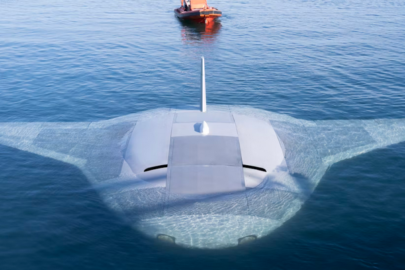What was once the biggest iceberg in the world released more than 167 billion tons of freshwater in three months and nearly 1 trillion tons in its lifespan, which could have profound effects on wildlife, scientists say.
The A68A iceberg was part of the Larsen-C Ice Shelf on the Antarctica peninsula before it broke off in July 2017. At the time, it was the biggest iceberg on Earth at 2,208 square miles, larger than the state of Delaware.
When the iceberg broke off, it began to drift across the Southern Ocean. In December 2020, the iceberg began to approach South Georgia island, about 1,300 miles off the Argentina coast. The island is home to wildlife including penguins and seals.
Gold bars worth £650k seized at Heathrow Airport
Scientists said the iceberg broke apart just before it could have hit the seabed. A collision could have seriously damaged the island’s ecosystem, including killing wildlife.
A team of international scientists then examined the size and thickness of the iceberg since it first broke off using three satellites. The team found the iceberg had released more than 167 billion tons of water around the island in three months. That would be enough water to fill 61 million Olympic-size swimming pools.
Read more: USA Today



































